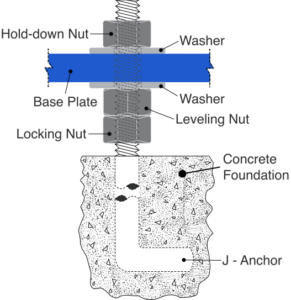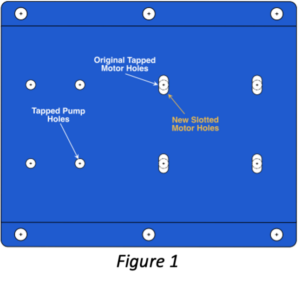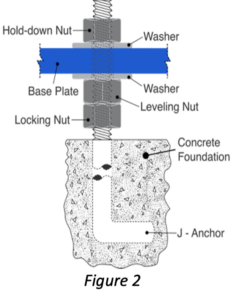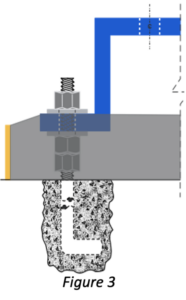Welcome Back to Our Series on Rotating Equipment
In our last chat, we tackled the nitty-gritty of aligning pre-installed rotating equipment, like pump sets. If you missed it, check out our Previous Post for some insightful tips. Today, let’s roll up our sleeves and get into the very foundation of proper installation—the base plate.
Why Installation Precision Matters
Let’s face it: no one intentionally installs their equipment incorrectly. Yet, the rush of modern business demands often pushes cost and speed to the forefront, sometimes at the expense of quality. No one has the time to develop and review equipment purchase specifications or installation procedures with their procurement departments. More often than not, the installation procedure is left to the bidding contractors to propose. This leads to price becoming the major determining factor. Incorrect installation can lead to operational issues, increased wear and tear, reduced efficiency, and even catastrophic failures.



